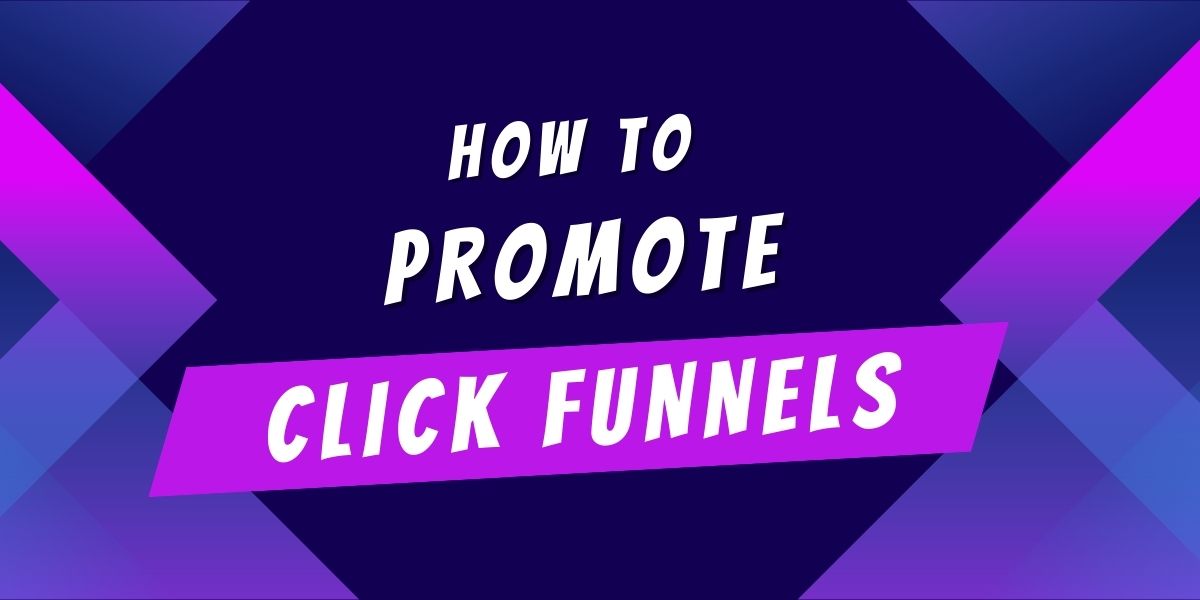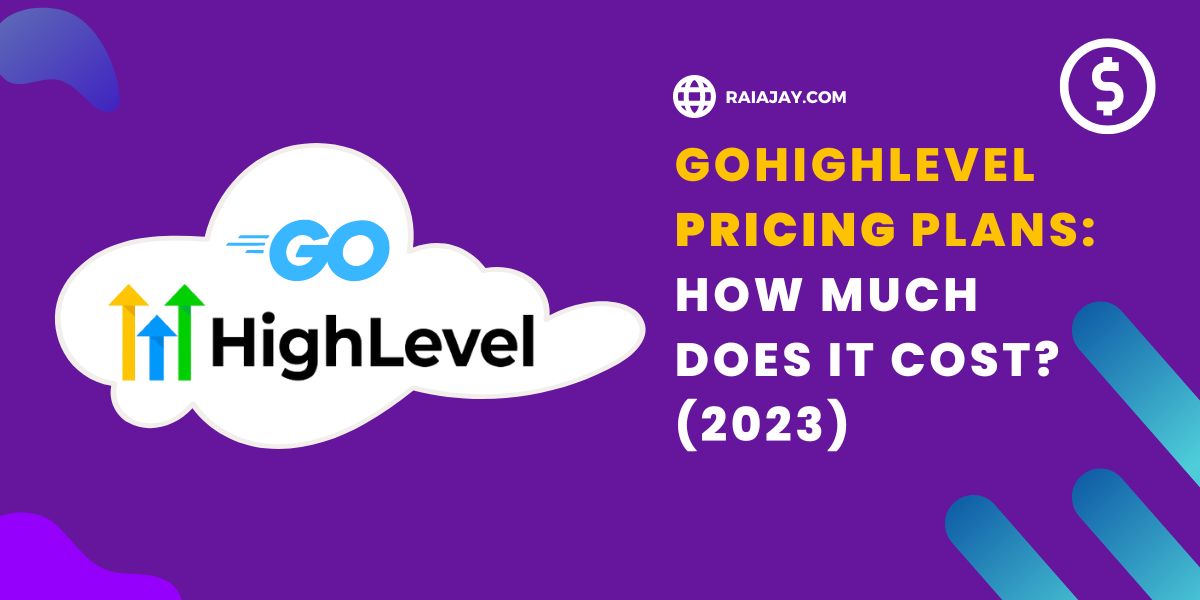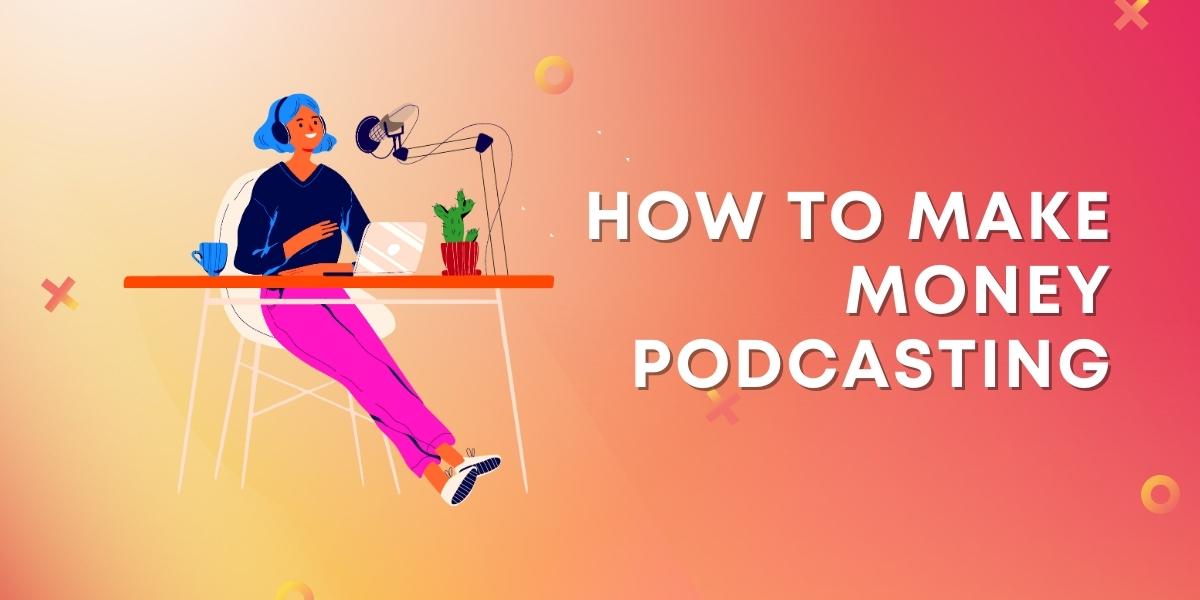When you think about marketing and online advertising, one of the first things that come to mind is an insta-page. These pages are designed to mimic the look and feel of a website but with a condensed format that makes it easy for users to share and promote your content. Click funnels are a similar marketing tool, but they’re designed for lead generation.
With click funnels, you can create custom leads funnel sequences that allow you to capture email addresses, contact forms, and more. Both tools have advantages and disadvantages, so it’s essential to use them correctly for your business. This blog post will explore the differences between insta-pages and click funnels and how to use each effectively for your business.
Contents
- Insta-Page:
- Click Funnel:
- Features of Instapage vs. Click Funnels:
- Pros and Cons of Insta-Page:
- Pros and Cons of Click Funnels:
- Which Method is Suitable for my Business?
- How to Create an Insta-Page vs. a Click Funnel?
- How to Market an Insta-Page vs. a Click Funnel?
- How to Convert an Insta-Page vs. a Click Funnel into a Business?
- Pricing Of Instapage vs. Click Funnels:
- Conclusion:
Insta-Page:
An “Insta-page” is a website that essentially functions as an online storefront. Visitors can browse through the items on the site, select what they would like to purchase, and then leave a purchase request on the site’s checkout page. The insta-page automatically processes the order and sends the customer’s information to the merchant’s payment gateway, usually within minutes.
The main advantage of using an insta-page over traditional e-commerce platforms is that it allows merchants to quickly build a storefront without spending time and money creating a custom website. Additionally, insta-pages are particularly well-suited for selling products that require little or no customer input – such as digital downloads or subscriptions.
However, Insta-Pages have several disadvantages as well. For example, they typically don’t allow for product reviews or ratings, which can be important for determining which items customers might want to buy. Additionally, Insta-Pages often require more effort from merchants in setup and maintenance than other e-commerce platforms.
Click Funnel:
A click funnel is a marketing tool that allows you to increase the number of clicks on your website from your visitors. It directs visitors from one step in your funnel to the next based on their behavior. There are two main types of click funnels: insta-page and double opt-in. With an insta-page funnel, you create a simple page with a few buttons or form fields.
When visitors click one of these buttons or form fields, they’re taken to the next step in the funnel. With a double opt-in funnel, you first ask your visitors to sign up for your newsletter or email list. Once they’ve signed up, you send them additional content (like ebooks or courses) that helps them through the rest of the funnel. Both types of funnels have their benefits and drawbacks.
The main advantage of an insta-page funnel is that it’s easy to set up and use. You can also track data such as how many people complete each step in the funnel, which is helpful when optimizing your campaigns. The main disadvantage of an insta-page funnel is that it doesn’t allow you to track whether people are taking action after clicking through to the next step.
With a double opt-in funnel, you can track whether people are taking action after signing up for your newsletter or email list. You can also use this funnel to collect leads or email addresses, which can be valuable when selling products or services. Overall, a click funnel is a valuable tool that can help you increase the number of clicks on your website.
Read More: Detailed Review of Clickfunnels 2.0
Features of Instapage vs. Click Funnels:
Instapage is a subscription-based platform that allows business owners to create and manage their online presence. It provides a suite of tools that include a drag-and-drop builder, social media management, email marketing, and analytics. Click Funnels offers a variety of features that make it a preferred tool for entrepreneurs who want to create powerful sales funnels. Some of the key features offered by Click Funnels include:
- A wide range of templates to choose from – businesses can find the suitable funnel template to fit their needs. Pre-made templates and custom designs can be customized to fit your company’s branding and marketing strategy.
- Customizable design – businesses can adjust their funnels’ colors, fonts, and images. It gives each funnel its personalized look and feels.
- Automated email sequences – funnels are designed with automated email sequences in mind. It means that you can easily create sequences that send customers through the different stages of your funnel without any additional effort.
- Automatic payment processing – Click Funnels also includes built-in payment processing capabilities, so you don’t have to worry about handling payments or security issues.
- Customer retention rates – One of the most important aspects of any sales funnel is ensuring that customers stay engaged once they reach the final stage of your funnel. Click Funnels boasts high customer retention rates thanks to its automated email sequences and payment processing.
- While both Click Funnels and Instapage offer a range of essential features for business owners, Click Funnels shines regarding automation and ease of use. It makes it the ideal choice for entrepreneurs who want to create powerful sales funnels without all the hassle.
Pros and Cons of Insta-Page:
There are pros and cons to using either an insta-page, so deciding what will work best for your business is essential. Here’s a breakdown of the two methods:
Insta-Page Pros:
Instant gratification. Users can see results immediately, encouraging them to keep using the page.
- Users can see results immediately, encouraging them to keep using the page. Engaging design. Insta-pages typically feature high-quality graphics and catchy templates that make it easy for users to create a post.
- Insta-pages typically feature high-quality graphics and catchy templates that make it easy for users to create a post. Easily measure performance. You can easily track how many people click through from your homepage to your posts (and vice versa), giving valuable insights into how people interact with your content.
Insta-Page Cons:
Limited reach. Insta-pages are only visible to people who are following your account.
- Insta-pages are only visible to people following your account—which leads to less engagement because users who don’t have to click through to the next page are less likely to engage with your content.
- Because users don’t have to click through to the next page are less likely to engage with your content—a more time-consuming setup. Creating an insta-page requires more work than setting up a click funnel, and you may need to invest in specialized software or plugins.
Pros and Cons of Click Funnels:
There are pros and cons to using either a click funnel, so deciding what will work best for your business is essential.
Click Funnel Pros:
A click funnel allows you to collect data on how many people take the next step, sign up for your mailing list, or download your product. It helps you determine which content and formats are most effective at converting visitors into customers.
- A click funnel allows you to collect data on how many people take the next step, sign up for your mailing list, or download your product. It helps you determine which content and formats are most effective at converting visitors into customers—more automation. Click funnels let you set up custom automated actions triggered when someone clicks on a particular content. It can help you track and measure your marketing efforts more effectively.
- Click funnels let you set up custom automated actions triggered when someone clicks on a particular content. It can help you track and measure your marketing efforts more effectively. Easier to scale. Because click funnels are designed to automate converting leads into customers, they’re easier to grow than insta-pages.
Click Funnel Cons:
Less engagement. Unlike insta-pages, where users have to click through to the next page, people on a click funnel page usually see the first few steps of the conversion process (for example, a form for signing up for your mailing list). There may need to be more incentive for them to take action.
- Unlike insta-pages, where users have to click through to the next page, people on a click funnel page usually see the first few steps of the conversion process.
- There may need to be more incentive for them to take action. Creating a successful click funnel requires web design and coding knowledge, which some businesses may see in the first few steps of the conversion process (for example, a form for signing up for your mailing list).
- There may need to be more incentive for them to take action. Setting up a click funnel is more complicated than setting up an insta-page, and you may need to hire a specialist to help you.
Which Method is Suitable for my Business?
It depends on your specific needs and goals. A click funnel is likely the best option to generate more leads and track how many of those leads convert into customers. If you want to create engaging content that users want to read and share, an insta-page may be better suited. Either method can be successful if used correctly, but it’s essential to experiment and measure the results to see which works best for your business.
How to Create an Insta-Page vs. a Click Funnel?
An “insta-page” is a website designed to get you immediate traffic from social media. This website promotes posts and images usually limited to 24 hours. A click funnel is a marketing strategy that helps you collect leads through clicks on your website or email offers.
Both of these strategies can be used to promote your website or product. However, an insta-page is typically more focused on getting you traffic from social media, while a click funnel can be used to collect leads from people who visit your website or email offers.
How to Market an Insta-Page vs. a Click Funnel?
There are two main types of online marketing: insta-page and click funnel. This article will provide a brief overview of each and help you decide which is right for your business. Insta-page marketing is about driving traffic to your website by using social media to generate leads and clicks. You create an Insta-page, set up a few engagement features, and wait for the leads to roll in.
The main downside to this approach is that it can be time-consuming – you have to post regularly, respond to comments, and monitor your results. And if you’re not careful, you could spend more time managing your page than promoting your business. Click funnel marketing is a more streamlined way to drive traffic to your website. Instead of relying on social media or search engine optimization (SEO), you use a specially designed lead capture form or landing page to collect information from potential customers. Once they submit their information, you direct them automatically through a series of steps toward signing up for your newsletter or making a purchase.
This approach is much faster and easier than insta-page marketing, but it comes with risks: if someone fails to reach the conversion stage, they might never learn about your product or service. Ultimately, it depends on what kind of business you’re running, whether insta-page or click funnel marketing is better suited for you. If you have a limited workforce or resources, insta-page marketing might be your best option. But a click funnel is better if you want to grow your business quickly and efficiently.
How to Convert an Insta-Page vs. a Click Funnel into a Business?
Creating an insta-page is a great way to get creative with your marketing and see immediate results. However, it’s important to remember that an insta-page is not a click funnel. It would help if you created a click funnel to turn an insta-page into a real business. A click funnel is a simplified version of your sales process to generate leads. When someone clicks through your insta-page to the next step of your funnel, you successfully convert them into customers. There are many ways to create a click funnel, but one popular method is using forms and landing pages.
By building out your form and landing page correctly, you can ensure that your visitors take the necessary actions to become customers. It will include filling out your form, signing up for your mailing list, or purchasing. After taking these actions, you can follow up with them and offer them more products or services. Creating a click funnel is essential for turning an insta-page into a real business. By following these simple steps, you can make sure that all of your visitors leave with the intent of becoming customers.
Pricing Of Instapage vs. Click Funnels:
When it comes to pricing, Instapage and ClickFunnels offer very different options. Instapage offers a free plan with limited features, while the paid plans offer more features and greater flexibility. ClickFunnels also has a range of pricing plans, starting at $29 per month for a basic plan that includes limited features and ends at $997 per month for the Ultimate Plan, which includes everything in the Basic Plan plus unlimited custom funnels, email integrations, and automated customer support. Both Instapage and ClickFunnels allow you to add up to 100 pages to your account without additional fees, making it easy to grow your business without breaking the bank.
Additionally, both platforms offer a 30-day refund policy if you’re unsatisfied with their services. Overall, ClickFunnels is slightly more expensive than Instapage but offers greater flexibility and features. If you’re looking for an all-in-one platform that’s easy to use and has plenty of built-in functionality, ClickFunnels is a better option than Instapage.
Conclusion:
In this article, we have compared and contrasted the two most popular types of marketing automation: insta-page vs. click funnels. We have shown you the pros and cons of each type of automation and given tips on choosing which is best for your business. It comes down to what works better for your specific needs – so if you are still unsure which type of marketing automation is right for you, be sure to read our comprehensive guides on both insta-page vs. click funnels!



